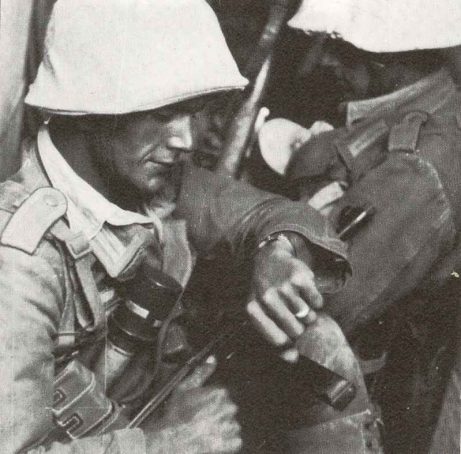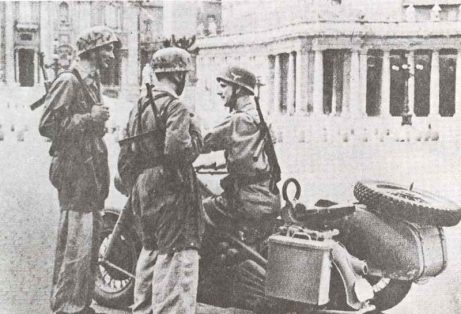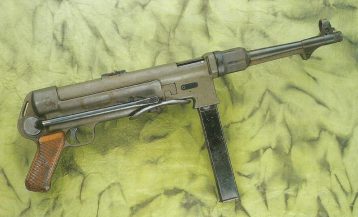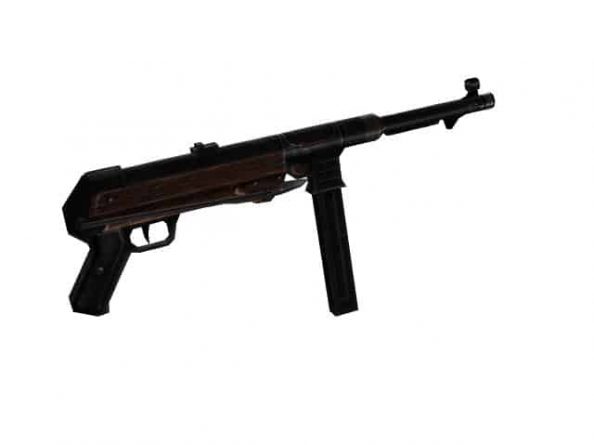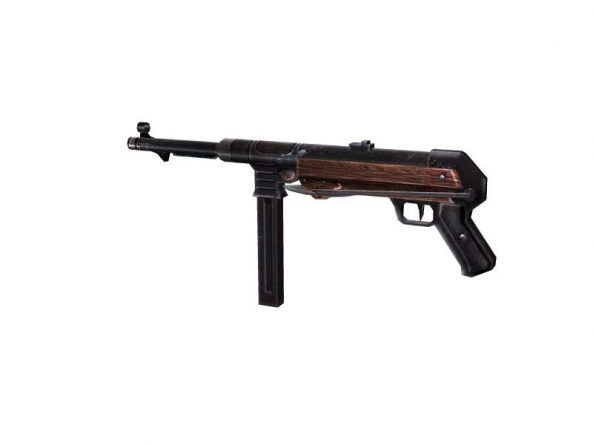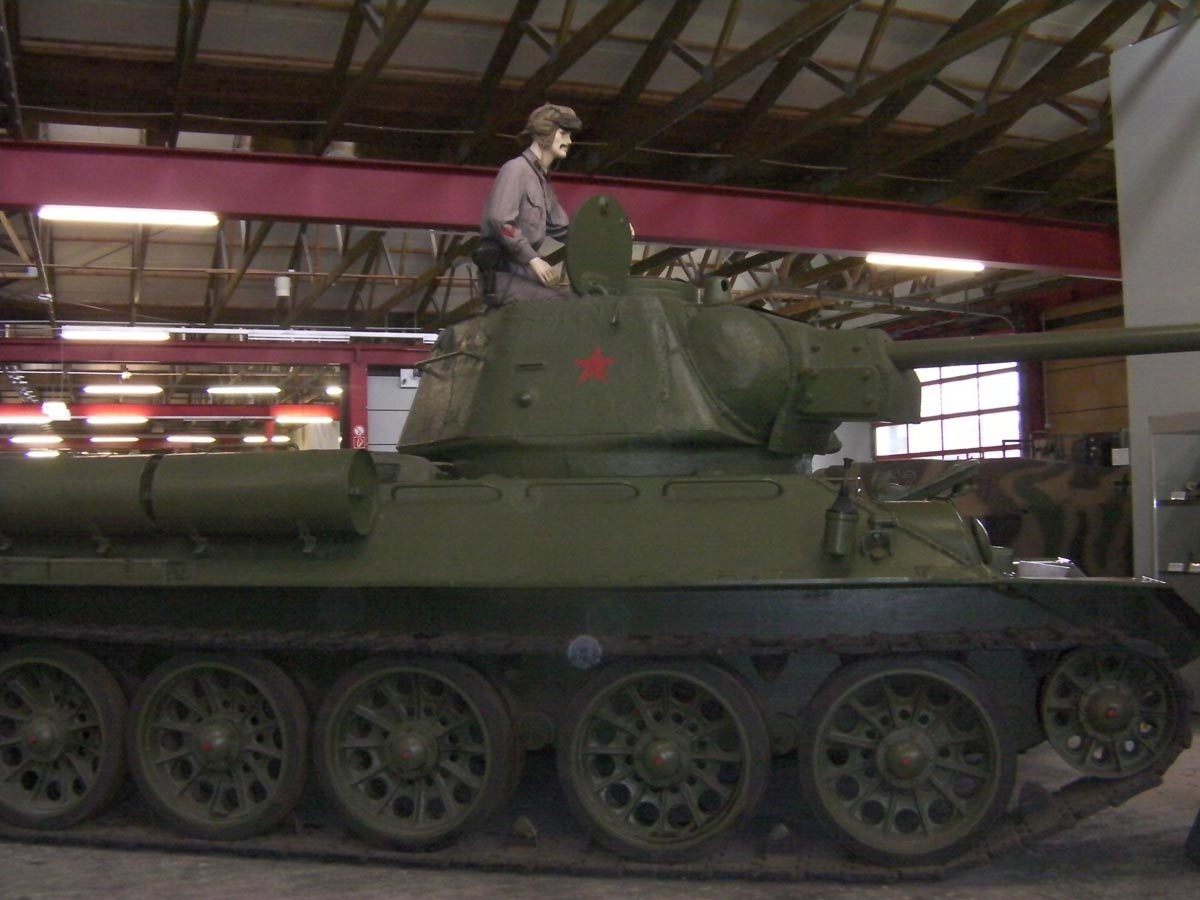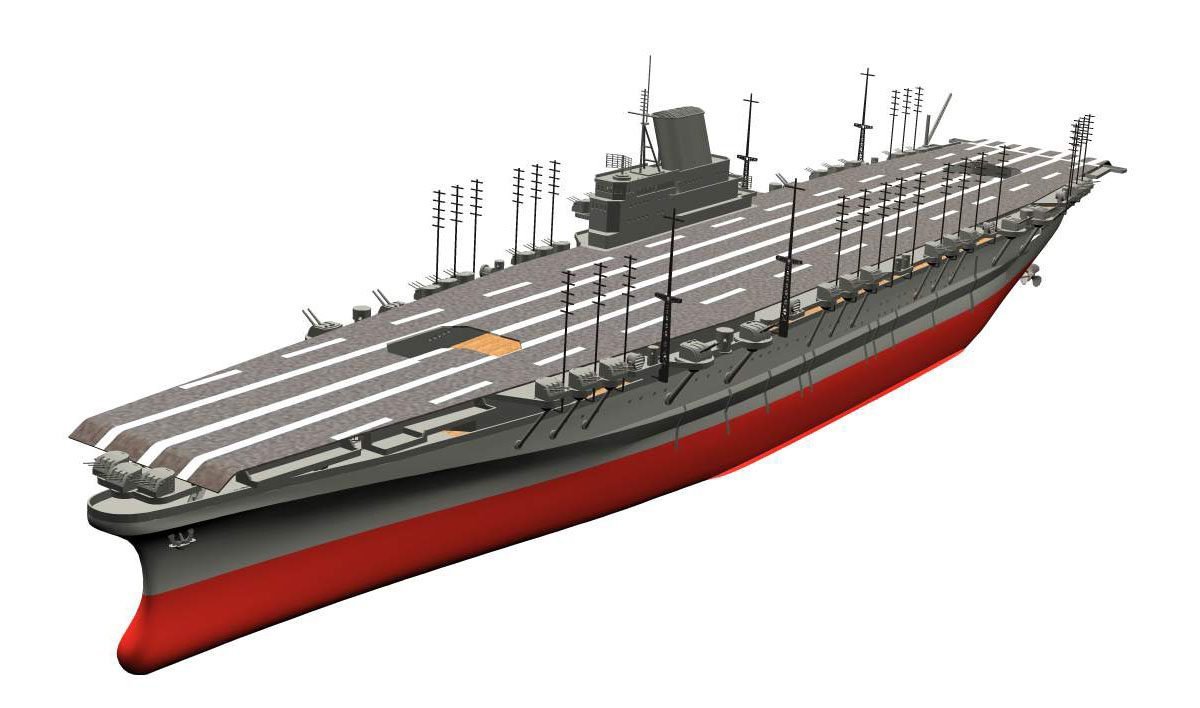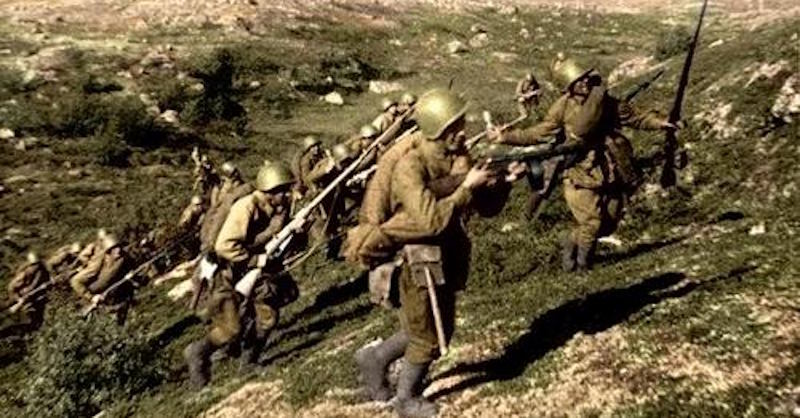German submachine guns MP40, MP38 – the German Army’s trademark.
History, development, service, specifications, pictures, video and 3D model.
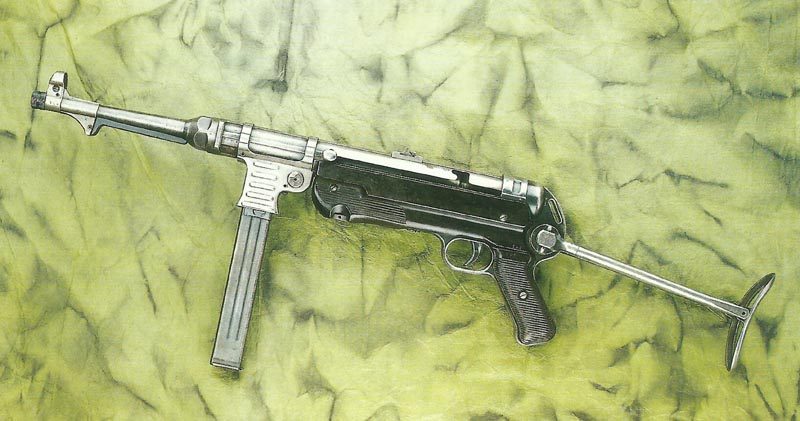
MP38 and MP40
Table of Contents
MP40, MP38
Type: German submachine guns.
The MP38 and MP40 were submachine guns used by Germany during World War II. They were designed by Heinrich Vollmer and produced by Erma Werke.
Overview
MP38: Developed in 1938, the MP38 was an improvement on earlier submachine gun designs. It featured a folding metal stock, a 32-round magazine, and fired the 9x19mm Parabellum cartridge.
MP40: The MP40 was a simplified version of the MP38, introduced in 1940. It had a similar design, but was cheaper and faster to produce due to the increased use of stamped metal parts.
Iconic weapon: The MP40 became an iconic weapon of World War II, widely used by German forces and recognized for its distinctive look and sound.
Reliability: Both the MP38 and MP40 were known for their reliability, even in harsh conditions, due to their simple design and minimal moving parts.
Influence: The MP38 and MP40 influenced the design of many other submachine guns, such as the Israeli Uzi and the British Sten Gun.
Production: Approximately 1.1 million MP38 and MP40 submachine guns were produced during World War II.
These submachine guns played a significant role in German infantry tactics during the war, providing soldiers with a compact, high-firepower weapon for close-quarters combat.
History MP38 and MP40
In 1938, having contemplated the trends and tactics of the Spanish Civil War, the German Army decided that a submachine gun was needed; not, apparently, convinced that any of the contemporary designs available were what they wanted, they instructed Herr Giepel to produce one to their specification. As it happened, Giepel had been working on a design for some time, and with a few slight changes this was accepted as the MP38. It broke new ground in weapon design by having no wood anywhere in its construction and by having a folding stock. The bolt was driven by a return spring contained in Vollmer’s telescoping tube, and it carried a spring-retracted firing pin. The muzzle was threaded to take a blank-firing attachment or a combined muzzle cover and cleaning rod guide, and beneath the barrel was a hook-like steel bar which was to prevent damage to the barrel when firing through the gun-port of an armored vehicle and which was designed to prevent the gun being pulled inadvertently inboard during firing should the gunner lose his footing.
For all its innovations the MP38 was still largely made by conventional methods, and while the Army were pleased with it, they demanded a weapon more easily mass-produced. The MP38 was therefore critically examined and redesigned to make the maximum use of stamping and welded assemblies. The result was known as the MP40 and replaced the MP38 as the standard submachine gun, becoming virtually the German Army’s trademark. The principal changes were that the body was of stamped sheet steel, formed and welded; the magazine housing was ribbed instead of plain; while the body top was plain instead of ribbed. The cocking handle was redesigned so that it could be pressed inwards when the bolt was forwards to engage an enlarged portion of the handle in a slot milled in the receiver, thus locking the bolt forward and preventing inadvertent discharge should the gun be dropped on its butt.
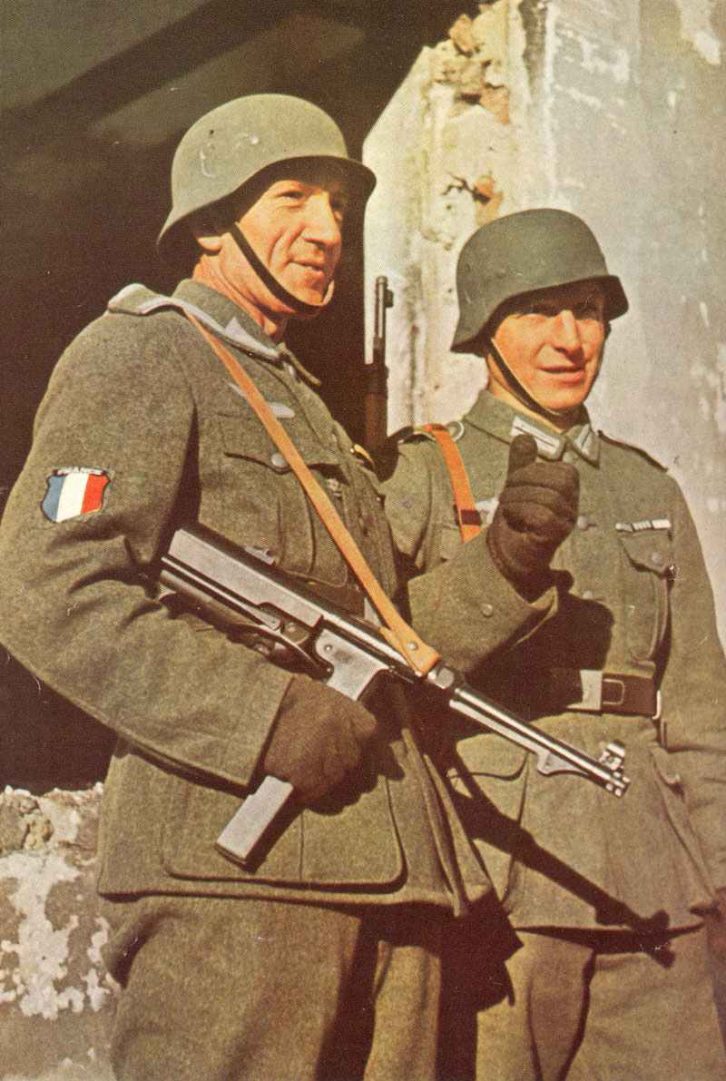
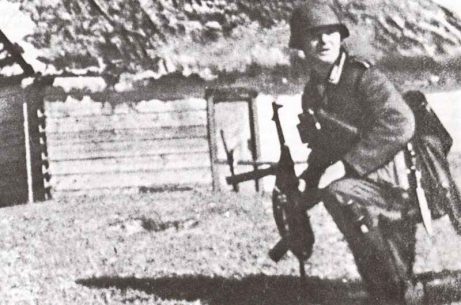
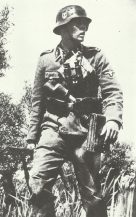
Variants
MP38/40: A modification of the MP38 to bring it up to the safety standard of the MP40 by fitting it with the MP40s cocking handle and cutting a suitable slot in the receiver.
MP40/1: The first model of the MP40 had a smooth-surfaced magazine housing and the cocking handle of the MP38. When these were changed by a retrospective modification to use the cocking handle of the Maschinenpistole 40 and the ribbed magazine housing, the official designation became the MP40 / 1.
MP40/2: During the Russian campaign, the German troops complained that the Russian soldier with a 71-round drum on his PPSh submachine gun had a considerable edge over the German with a 32-round box magazine. As a result, a special magazine housing was produced which allowed two magazines to be inserted side by side; one was aligned with the barrel and fired, after which the second could be slid across into alignment and fired. The device was cumbersome and only produced in limited numbers; its principal drawback was that the weapon with two loaded magazines weighed over 12 lbs, while the Russian weighed somewhat less and still had seven shots in hand.
Animated 3d model MP 40
Top with retracted shoulder piece, extended down.
Specifications for MP 40
Specifications:
MP 40 | specification |
|---|---|
Type | sub-machine gun |
Caliber | 9 mm |
Length | 35.5 in |
Weight | 9 lb 2 oz |
Barrel | 10.0 in long, 6 grooves, right hand twist |
Feed system | 25- or 32-round detachable box magazine |
System of operation | Blowback, selective fire |
Muzzle velocity | 1,250 feet/sec |
Rate of fire | 500 rpm |
Service statistics:
MP 40 | figures |
|---|---|
Manufactures | Erfurter Maschinenfabrik B.Giepel GmbH (Ermawerke), Erfurt |
Production delivery | 1938 (MP38) |
Final delivery | 1945 |
Production figure (MP40) | 1+ millions of MP40, from this c. 750,000 from January 1942 to February 1945 |
Price per unit | 60 RM = ~$ 27 = ~£ 13 |
Animation 3d model MP 38
Video MP 40
Video from firing with MP 40.
References and literature
The Encyclopedia of Weapons of World War II (Chris Bishop)
The Encyclopedia of Infantry Weapons of World War II (Ian V.Hogg)
Infanterie im 2. Weltkrieg (J.B.King, John Batchelor)
Illustriertes Lexikon der Waffen im 1. und 2. Weltkrieg (V. Dolinek, V. Francev, J. Sach)



